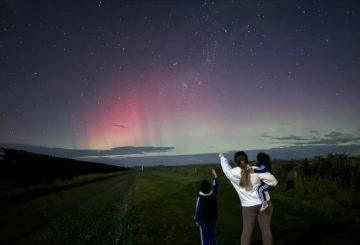Mười hai nhóm trường học và trẻ nhỏ đã cùng nhau yêu cầu Thủ tướng Christopher Luxon tiếp tục tài trợ cho chương trình ăn trưa miễn phí ở trường, Ka Ora Ka Ako. Các nhóm, bao gồm nhiều trường học, hiệu trưởng, đoàn giáo viên và hiệp hội giáo dục mầm non, tin rằng chương trình này là rất quan trọng.
Chương trình hiện cung cấp bữa trưa cho 230.000 học sinh tại khoảng 1.000 trường kém thuận lợi nhất, cung cấp một mạng lưới an toàn chính chống lại tình trạng nghèo lương thực và dinh dưỡng kém. Nghiên cứu cho thấy những sinh viên bỏ bữa vì thiếu tiền sẽ chậm hơn hai đến bốn năm trong việc học so với những người không bao giờ bỏ lỡ bữa ăn.
Tuy nhiên, Phó Bộ trưởng Giáo dục David Seymour đã chỉ ra rằng tài trợ cho chương trình này có thể bị giảm. Ông tin rằng không có bằng chứng chắc chắn nào cho thấy chương trình cải thiện thành tích và sự tham dự của trẻ em. Chương trình, được chính phủ Lao động giới thiệu vào năm 2019, cung cấp cho hơn 220.000 sinh viên với chi phí khoảng 325 triệu đô la một năm.
Năm ngoái, chính phủ trước đó đã phê duyệt tài trợ cho chương trình chỉ cho đến cuối năm nay sau khi Bộ Tài chính khuyên rằng các đánh giá về Ka Ora Ka Ako cho thấy lợi ích sức khỏe, nhưng ít lợi ích giáo dục. Liên minh Y tế Aotearoa đã bảo vệ chương trình, lưu ý rằng việc đánh giá chương trình đã xảy ra vào năm 2021 khi tỷ lệ tham dự của sinh viên đạt mức thấp nhất mọi thời đại do mức độ COVID cao và các bệnh khác trong cộng đồng.




























































